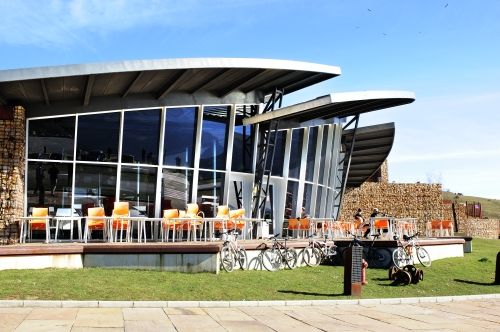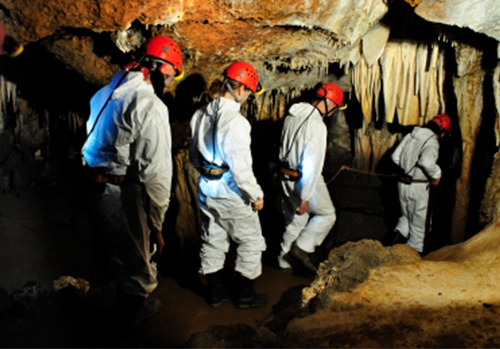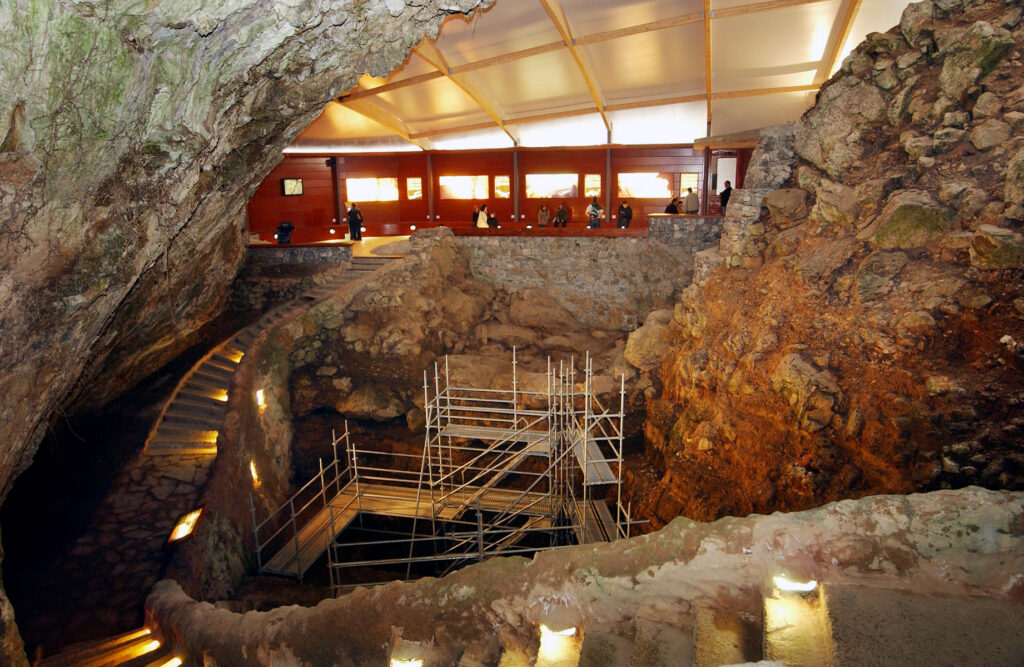Archeology - El Soplao & Monte Castillo Caves
Cantabria keeps in its interior the highest density of caves with rock art in the world , more than 60 with paintings on its walls. Altamira and the other nine cavities declared a World Heritage Site are the universal symbol of this valuable Paleolithic heritage that coexists with another underground legacy no less surprising: the more than 9,000 caves with impressive geological forms and spectacular landscapes such as El Soplao.
El Soplao Cave

El Soplao cave, discovered in the early 20th century when the mines of La Florida were being operated, is considered to be one of the greatest wonders of geology, and a true speleology paradise (helictites, stalactites, stagmalites, gorges, columns, cave pearls, dog-tooth spars, etc).
Visitors can explore it during an overwhelming route due to the abundance, spectacularity and diversity of its helictite formations, which are what makes El Soplao «a unique cave».
A true play of shadows and lights, and a festival of sensations.

In addition to its enormous geological value, the Cave and its surroundings contain an exceptional industrial and archaeological heritage, with more than 20 km of tunnels. The mining activity has also left its mark on the outside: derricks, calcining furnaces, washing facilities, workshops, etc. The mining work was dedicated to the extraction of blende and galena, two of the best ores for obtaining zinc and plomo, respectively.
The cave is 83 km from Santander, near attractive towns such as San Vicente de la Barquera, Comillas, Santillana del Mar, La Hermida Gorge or Cabuérniga.
More info at https://www.elsoplao.es/en/
Monte Castillo Caves

Its archaeological site, located in the lobby, contains human evidence from the last 150,000 years, which allowed the German archaeologist Hugo Obermaier to establish the cultural sequence of the four periods into which Prehistory is divided. Stratum 18c is known internationally for containing archaeological evidence of a possible coexistence between the last Neanderthals and the first Sapiensthat inhabited Europe 40,500 years ago, and therefore it is key to know the extinction of the Neanderthal. The cave complex inside is made up of hands, bison, deer, horses and symbols of enigmatic significance, among others. It stands out for its great variety of techniques, themes and styles. Applied all of them, for more than 25,000 years, which allowed Henri Breuil to establish the first temporal sequence of Paleolithic art in Spain, in force until the 60s of the last century.
The cave is 40 km far from Santander.
More info at https://cuevas.culturadecantabria.com/el-castillo-2/
